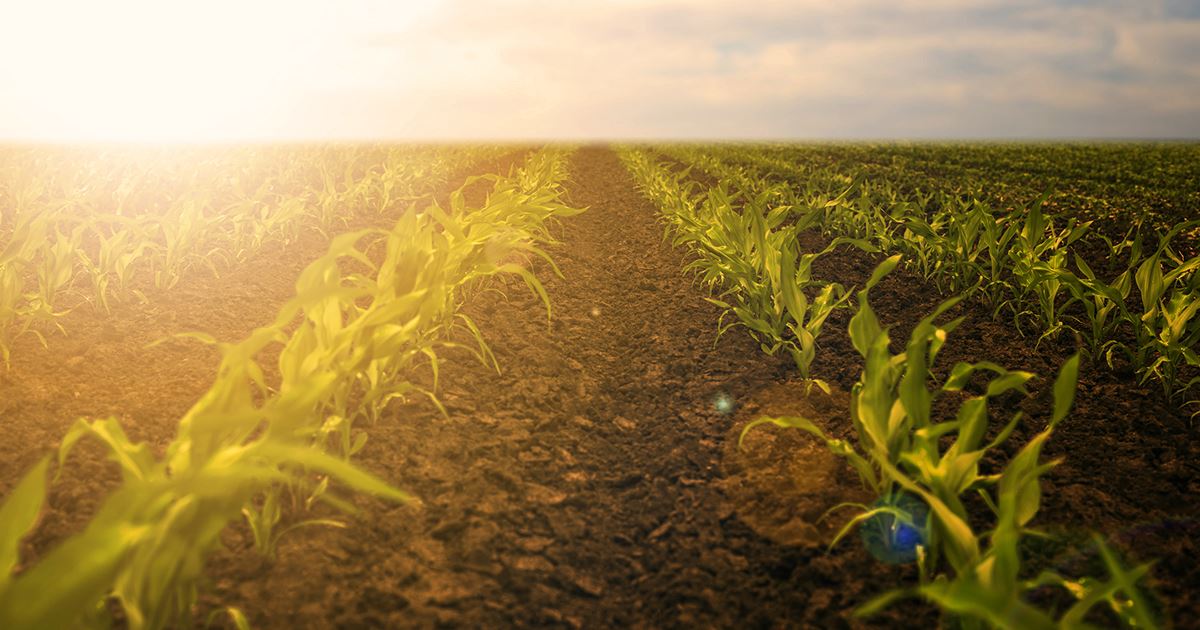Eliminate Cannibalization of Nitrogen

Many times during the vegetative stages of corn, NutriSolutions® tissue samples will report that a field is responsive to or deficient in nitrogen. The plant will actually have no visual signs of nitrogen deficiencies, but if we understand what happens after pollination, then we can see why a plant can behave in such a way.
Seeds (grain) need proteins to store nitrogen during germination and to produce enzymes that are essential for the conversion of sugars, for cell division and for cell differentiation during germination.
All proteins consist of nitrogen. Proteins begin to accumulate in the grain shortly after pollination and continue to multiply, probably until the grain reaches black layer, with the majority of protein accumulating during the last half of grain fill. To produce this protein, the plant uses nitrogen from the plant stalks and leaves. This is called redistribution. Redistribution is a normal part of reproduction, and as long as the plant has a plentiful supply of “free” nitrogen (nitrogen not contained in the plant’s structural components or being used for other essential processes), no yield loss would be expected.
However, if the plant does not contain enough free nitrogen, it will begin to cannibalize itself to get the nitrogen it needs for grain fill. Cannibalization is the plant tearing itself apart to get the nitrogen that is contained in the structural components mentioned above. Remember that protein accumulation increases during the last half of grain fill, thus requiring more nitrogen. This is why we tend to see the typical signs, or firing, of nitrogen deficiencies in the last half of grain fill.
Under high-yield conditions, we need to allow the plant to become a reservoir for nitrogen that can be redistributed to the ear during grain fill. This reservoir can only be built and filled during the crop’s vegetative stages. This is the reason the plant can be responsive to or deficient in nitrogen with no outward signs of this deficiency.
200-Bushel Corn: Do the Math: Achieving targeted corn yields depends on supplying plants with adequate nitrogen (N) throughout the season. Here’s what it takes to attain 200-bushel yields.